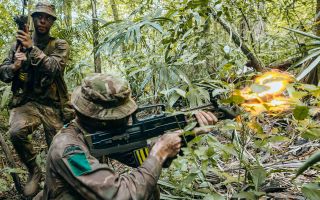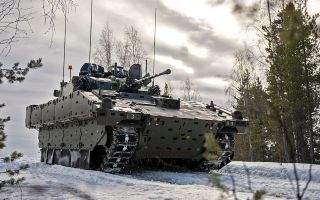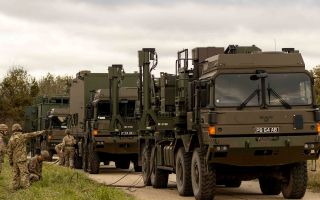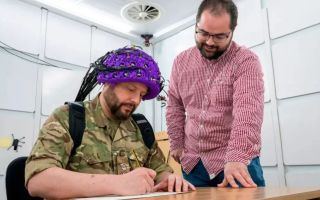Invasion of Taiwan looking more likely as Russia strikes air assault deal with China
A major new military partnership is emerging between Russia and China – one that could significantly alter the balance of power in the Indo-Pacific.
According to a report by the Royal United Services Institute, a UK defence think tank better known as Rusi, Russia has agreed to equip and train a full Chinese airborne battalion, including supplying armoured vehicles, self-propelled guns and parachute systems.
The move would give the People's Liberation Army (PLA) a capability it has never had before – the ability to air-drop armoured vehicles into combat.
Rusi experts say they have reviewed an 800-page contract outlining the agreement between Moscow and Beijing. The deal reportedly sees Moscow supplying China with around 60 airborne armoured vehicles, as well as Orlan 10 reconnaissance drones and parachute systems.
The package includes 37 BMD-4M light amphibious assault vehicles, 11 Sprut-SDM1 light amphibious anti-tank self-propelled guns and a further 11 BTR-MDM Rakushka airborne armoured personnel carriers.
The vehicles will be fitted with Chinese communications systems, plus software enabling them to fire Chinese-made ammunition – suggesting the two militaries are moving towards greater integration.
The deal also includes the transfer of Dalnolyot special-purpose parachute systems, which are designed for inserting loads of up to 190kg from altitudes up to 32,000ft.
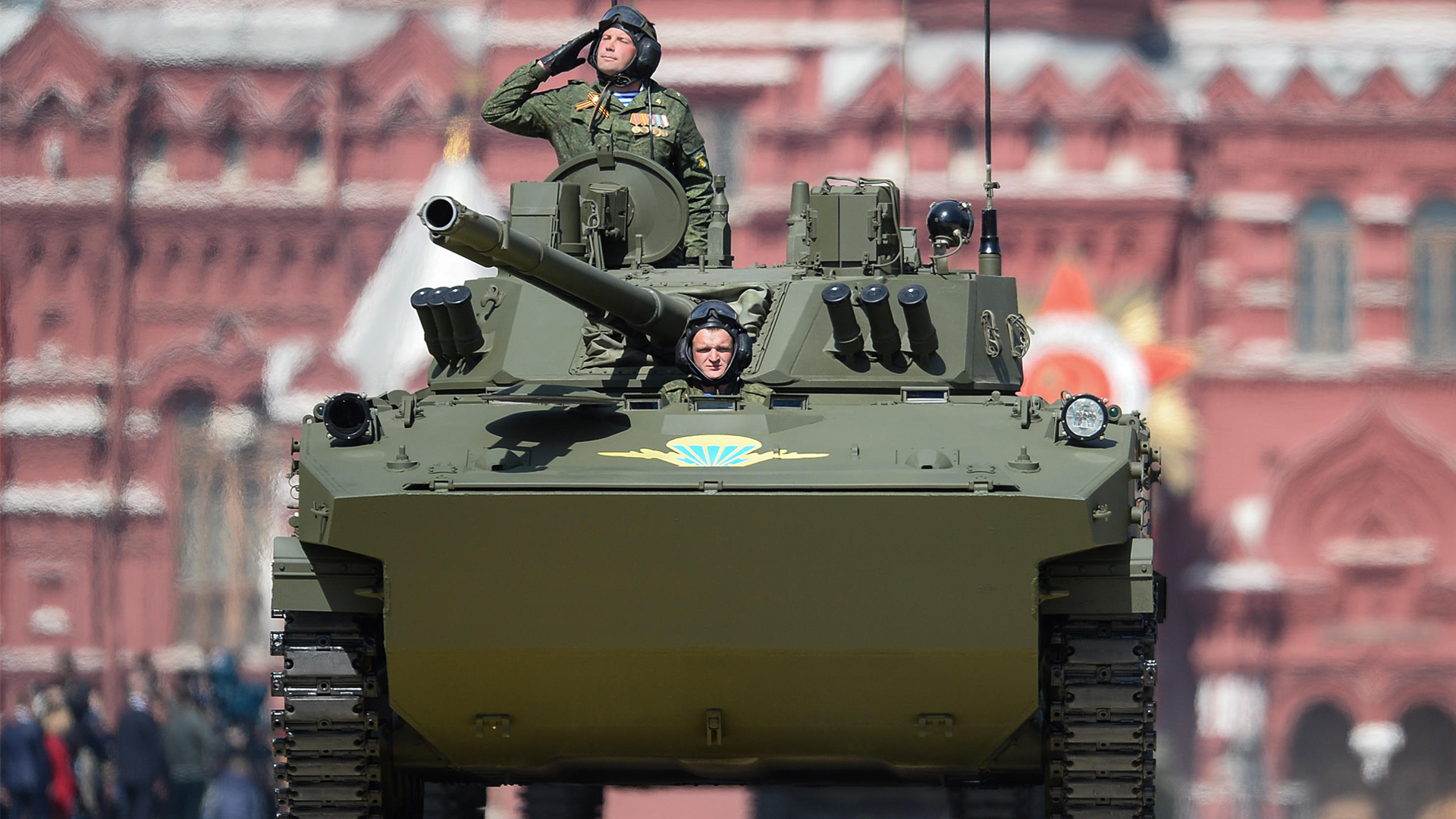
PLA commanders reportedly see traditional amphibious landings on Taiwan as increasingly risky. Taiwan's coastline offers few suitable beaches, and those that exist are heavily fortified. Instead, Beijing is exploring alternatives, including airborne assaults.
While helicopter-borne troops might offer mobility, Russia's failed attempt to seize Hostomel Airport near Kyiv in 2022 highlighted the vulnerability of helicopters against a mechanised enemy.
By contrast, air-dropping armoured vehicles into open terrain – or even onto golf courses and farmland – could allow PLA forces to rapidly move on Taiwanese ports and airfields, bypassing beach defences altogether, according to the Rusi report.
In addition to training and equipment, Russia is reportedly sharing blueprints for key military technologies, enabling China to produce its own airborne supply systems domestically.
Rusi analysts warn that this capability could extend far beyond Taiwan.
The PLA could potentially use airborne armour to capture airfields across the South China Sea, including in the Philippines, to hinder any US military response to an invasion of Taiwan.
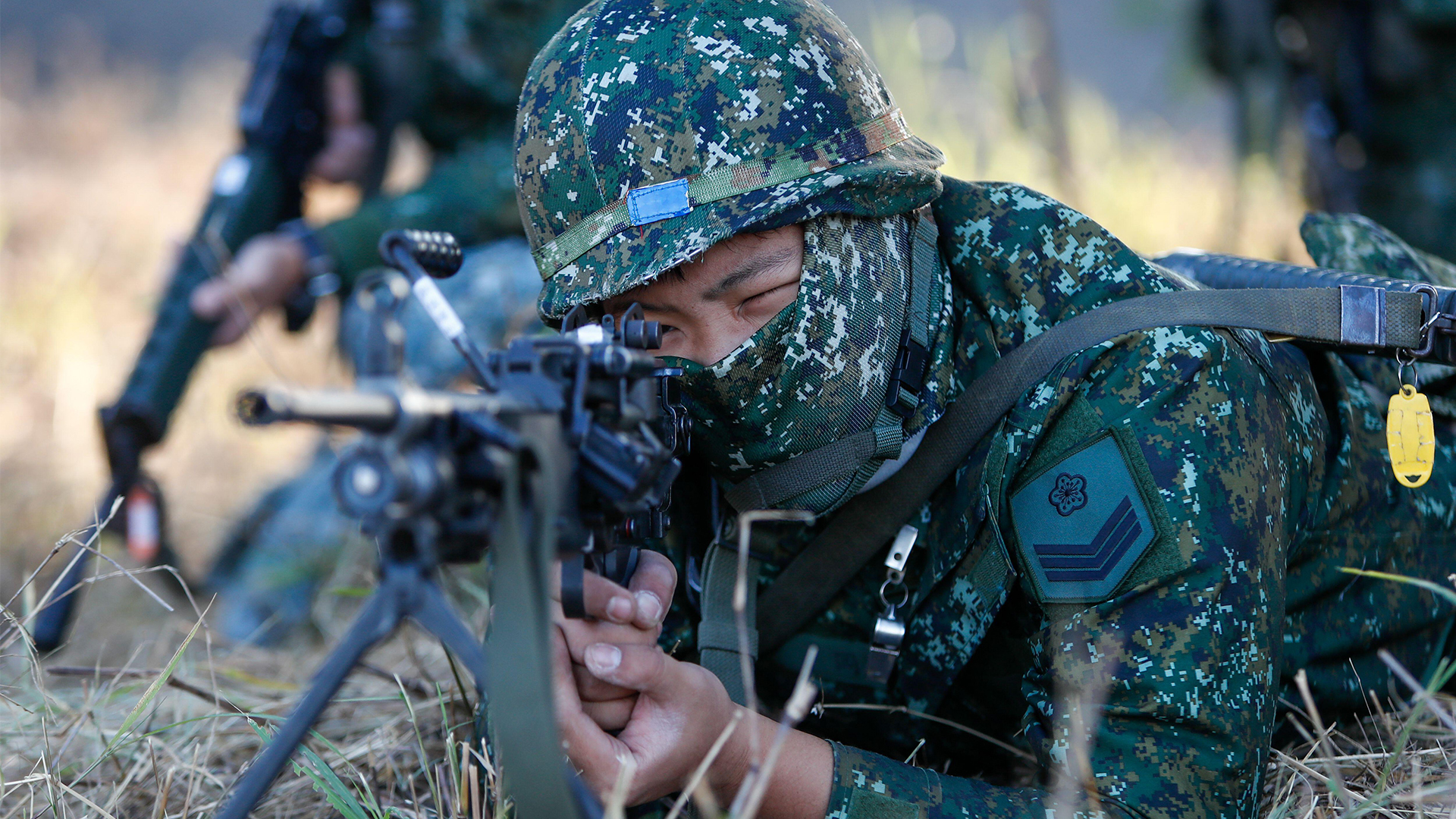
For Moscow, the deal offers both economic relief and renewed relevance. Russia's defence industry has been strained by sanctions and battlefield losses in Ukraine, and Chinese contracts could provide a crucial financial lifeline.
Historically, the Kremlin has been reluctant to share sensitive technology with Beijing, fearing China would copy its designs.
But according to Rusi, Vladimir Putin now views Taiwan as an opportunity – positioning Russia as a key arms supplier to China at a time of growing global isolation.
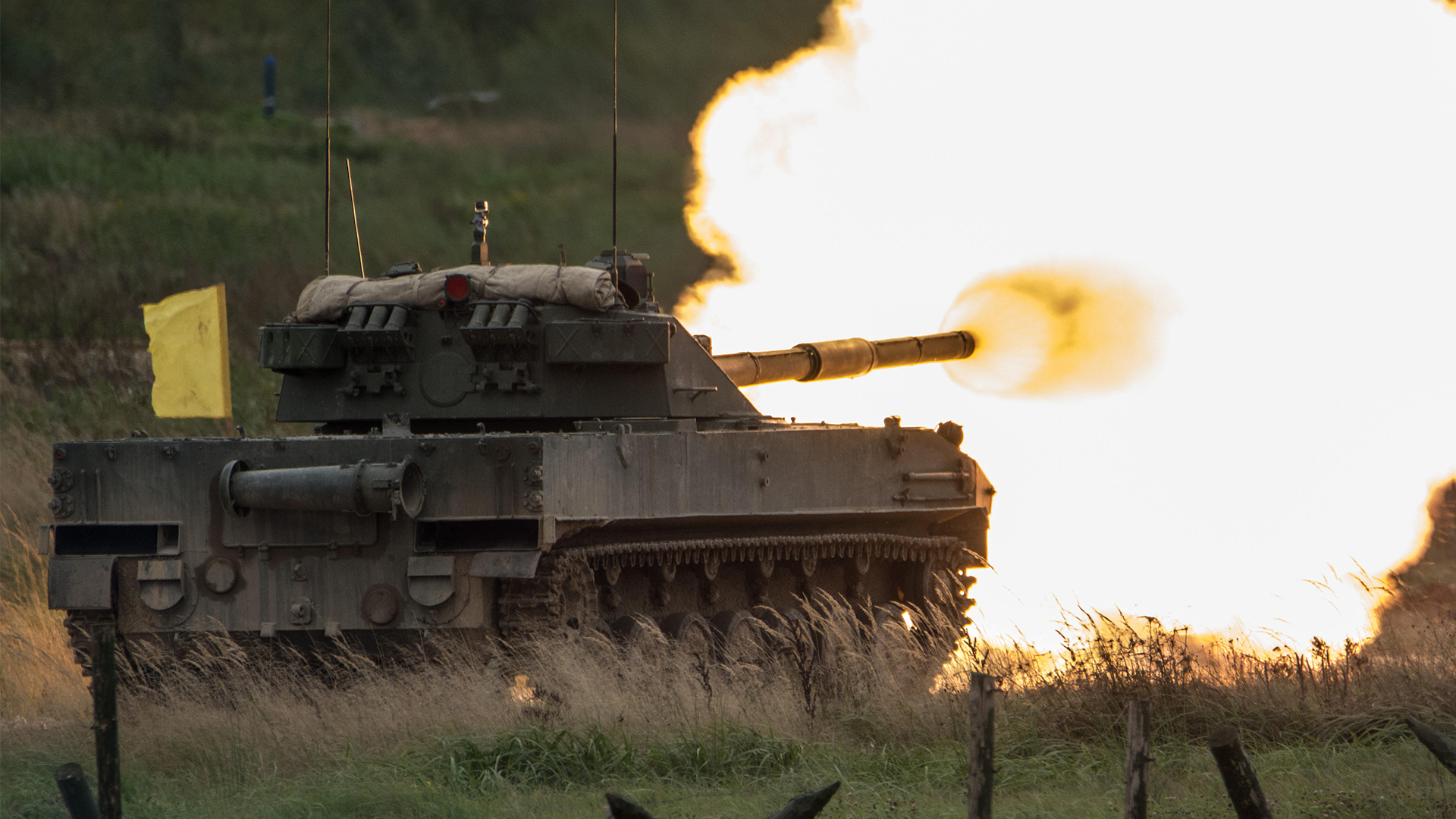
For Beijing, the benefits are clear: combat-tested Russian expertise and a chance to accelerate its own military modernisation.
Funding Russia's war machine also serves a strategic purpose – keeping Nato focused on Europe, while China strengthens its position in the Indo-Pacific.
Chinese president Xi Jinping has ordered the PLA to be ready to seize Taiwan by 2027. The Rusi report suggests that this new cooperation with Russia could bring that timeline forward, creating a more immediate threat to regional stability.
If such capabilities are realised, analysts warn, it could draw the United States directly into conflict with Beijing, raising the risk of a devastating regional war.

